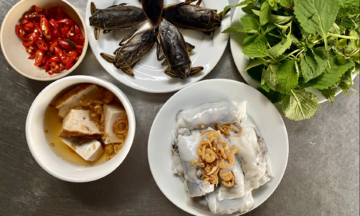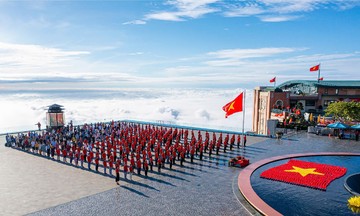Da Lat's rainy season typically lasts from May to October, bringing sudden thunderstorms and heavy rainfall that can easily cause flooding and landslides in many areas. Heavy rain can flood central and suburban roads, causing traffic jams, and some areas with high embankments are at risk of landslides. Here are some tips for safe travel during the rainy season from Phuc Nguyen, a Da Lat resident and hotel operator.
 |
A Da Lat mountain pass on a rainy day in late July. Photo: Sam Sam |
A Da Lat mountain pass on a rainy day in late July. Photo: Sam Sam
Da Lat weather conditions
According to the National Center for Hydro-Meteorological Forecasting and various tourism platforms, Da Lat frequently experiences thunderstorms in the afternoons and evenings during August, typically from 2 PM to 6 PM. These storms can last for 1-2 hours and are often accompanied by strong winds. Some low-lying or riverside areas like Phan Dinh Phung, Thanh Mau, Nguyen Cong Tru, and Lu Gia streets may experience localized flooding during periods of prolonged heavy rain. Areas with high embankments and steep hills, such as Ward 10, Prenn Pass, Mimosa Pass, or newly leveled land, are susceptible to landslides. Temperatures range from 14-25 degrees Celsius, with cool evenings and early mornings.
Safe transportation during the rainy season
During the rainy season, travelers from Ho Chi Minh City (TP HCM) or neighboring provinces to Da Lat should opt for high-quality sleeper buses or limousines. Avoid overnight bus trips during the rainy season due to poor visibility, frequent heavy fog, and slippery road surfaces when descending passes, all of which increase the risk of accidents.
Another safe option is to fly to Lien Khuong Airport and then take a 30-45 minute taxi or shuttle ride to the city center.
Tourists should avoid riding motorbikes over dangerous, slippery mountain passes like Mimosa Pass. It's essential to monitor weather forecasts and avoid traveling during heavy rain due to the risk of landslides, especially in Bao Loc and Prenn passes. Within the city, prioritize taxis or ride-hailing services and limit motorbike use if unfamiliar with the steep terrain. If renting a car, choose a vehicle with high ground clearance and thoroughly check the tires and brakes before driving.
Choosing accommodation
Prioritize hotels and homestays located in the city center, such as Wards 1, 2, and 4 (near Da Lat Market, Xuan Huong Lake, and Da Lat Railway Station). These areas typically have good infrastructure, are less prone to flooding, and offer easy access and convenient travel during heavy rain. Avoid accommodations near pine forests, streams, high embankments, steep hills, or areas under construction due to the potential risks of landslides or slippery access roads.
Choose well-constructed accommodations with wide walkways and safe parking. Avoid homestays located deep in small alleys or on dirt roads that are prone to becoming muddy. When booking, check previous guest reviews on reputable platforms, filtering by keywords like "rainy season," "flooding," and "convenient travel" to assess the actual quality.
Some recommended accommodations include DD Hospitality - May Bach Da Lat, Hotel Colline, Banla Boutique Hotel, Terracotta, and Tutu House.
 |
Accommodation in a villa in the center of Da Lat. Photo: Mai Trung |
Accommodation in a villa in the center of Da Lat. Photo: Mai Trung
Activities for rainy days
During the rainy season, Da Lat mornings often have mild sunshine, suitable for cloud hunting at Thien Phuc Duc Hill, Cau Dat, Da Phu, or the Hon Bo area. Afterward, visitors can stroll around Da Lat Market, have breakfast, and enjoy coffee in the city center.
When it starts raining or if rain is forecast, prioritize indoor activities like visiting the secondhand market, browsing vintage shops, relaxing in central cafes, taking photo booth pictures, or enjoying head massages and spa treatments. Covered attractions like Bao Dai's Summer Palace, Con Ga Church, Lam Dong Museum, or Da Lat Railway Station are also ideal choices for exploring the city while staying dry.
Avoid outdoor activities after 4 PM if the weather forecast is unfavorable. If it rains, avoid activities around Tuyen Lam Lake, hilly areas, landslide-prone embankments, and mountain passes.
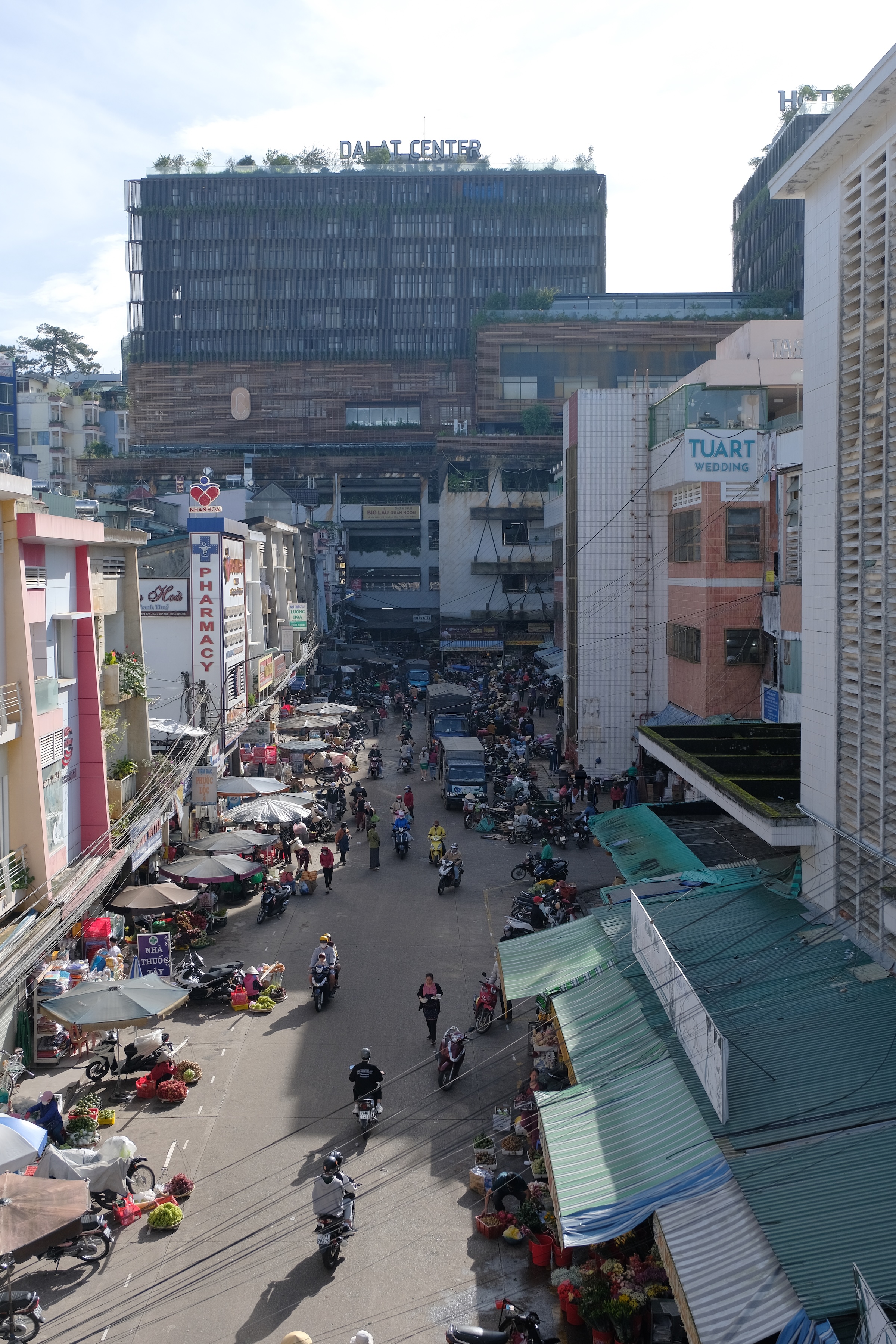 |
Bao Dai's Summer Palace III. Photo: Bich Phuong
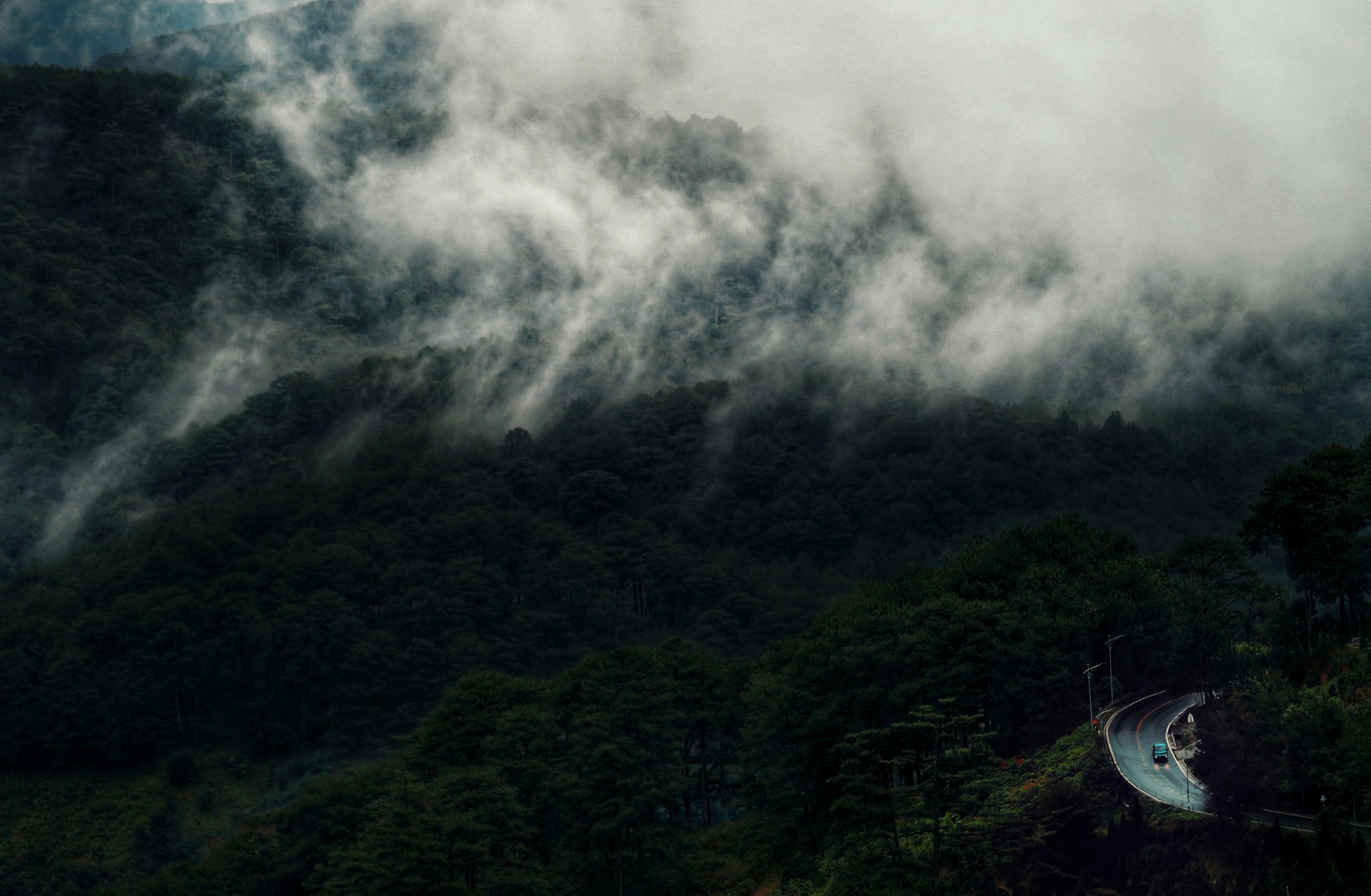 |
Early morning mist on Da Phu hill. Photo: Bich Phuong
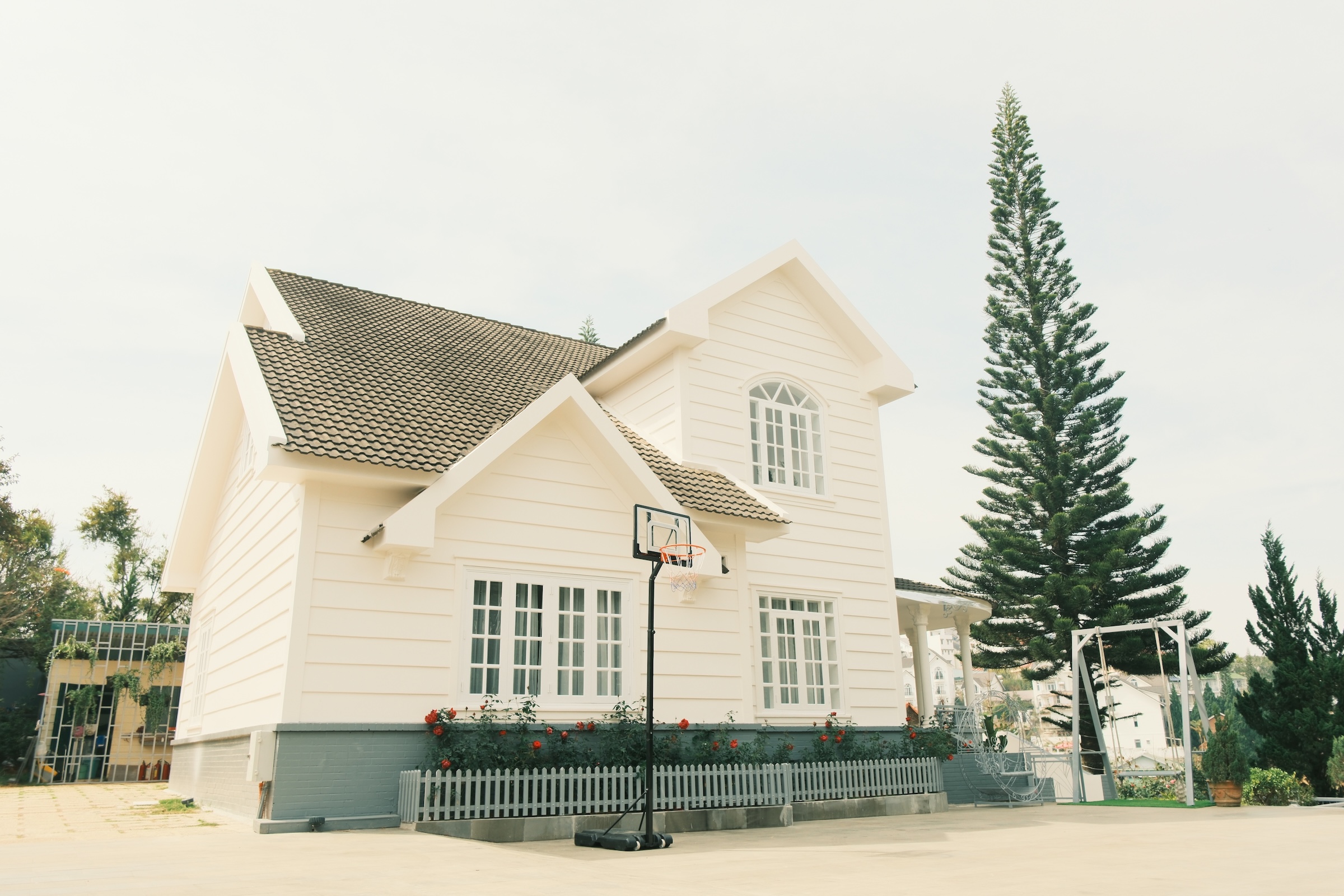 |
Da Lat Market on a sunny morning. Photo: Bich Phuong
Additional notes
If caught in a thunderstorm while traveling, seek safe shelter in a shop, gas station, or sturdy building. Avoid standing under large trees or stopping on mountain passes, near streams, or by the riverside.
If traveling by motorbike, stop immediately when there are strong winds, lightning, or when the road starts to flood. Avoid attempting to cross steep slopes or overflowing streams. If encountering flooded areas, do not try to cross deep water.
When the rain subsides, check the brakes, tires, and lights before continuing your journey.
It's best to carry a light raincoat, a phone protector, and a portable charger to be prepared for unpredictable weather.
Monitor the weather using apps like Windy and AccuWeather, and stay updated with news from local authorities and rescue forces.
Mai Phuong











